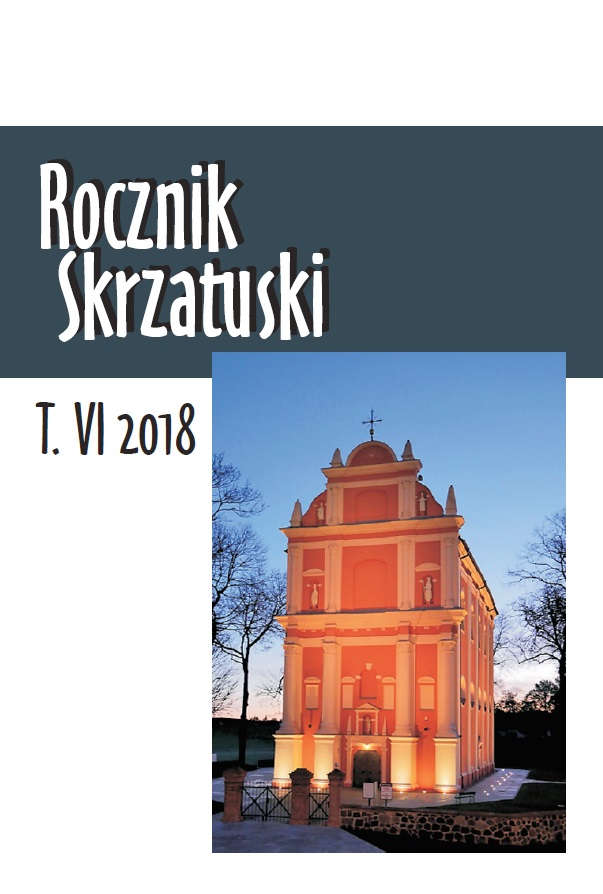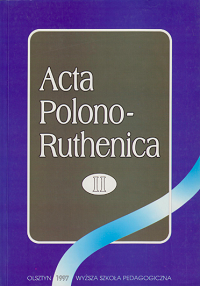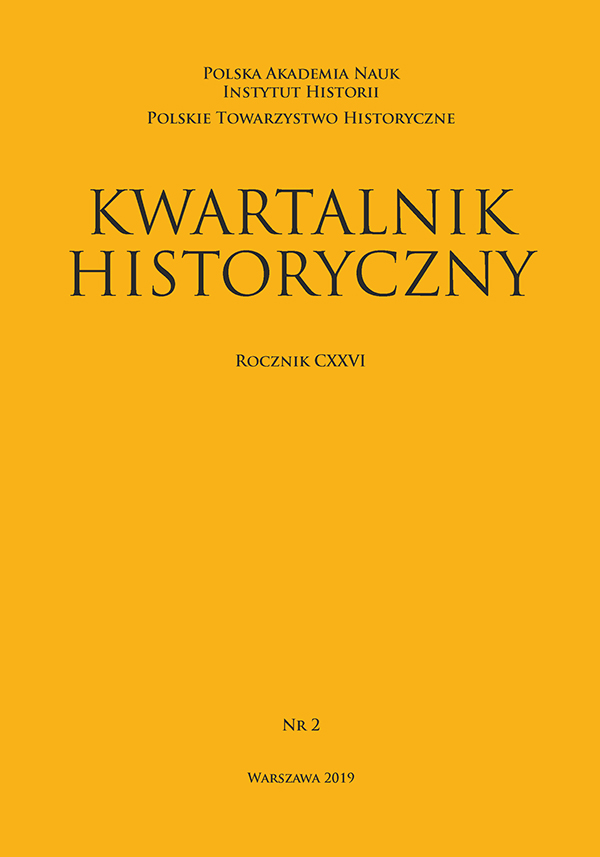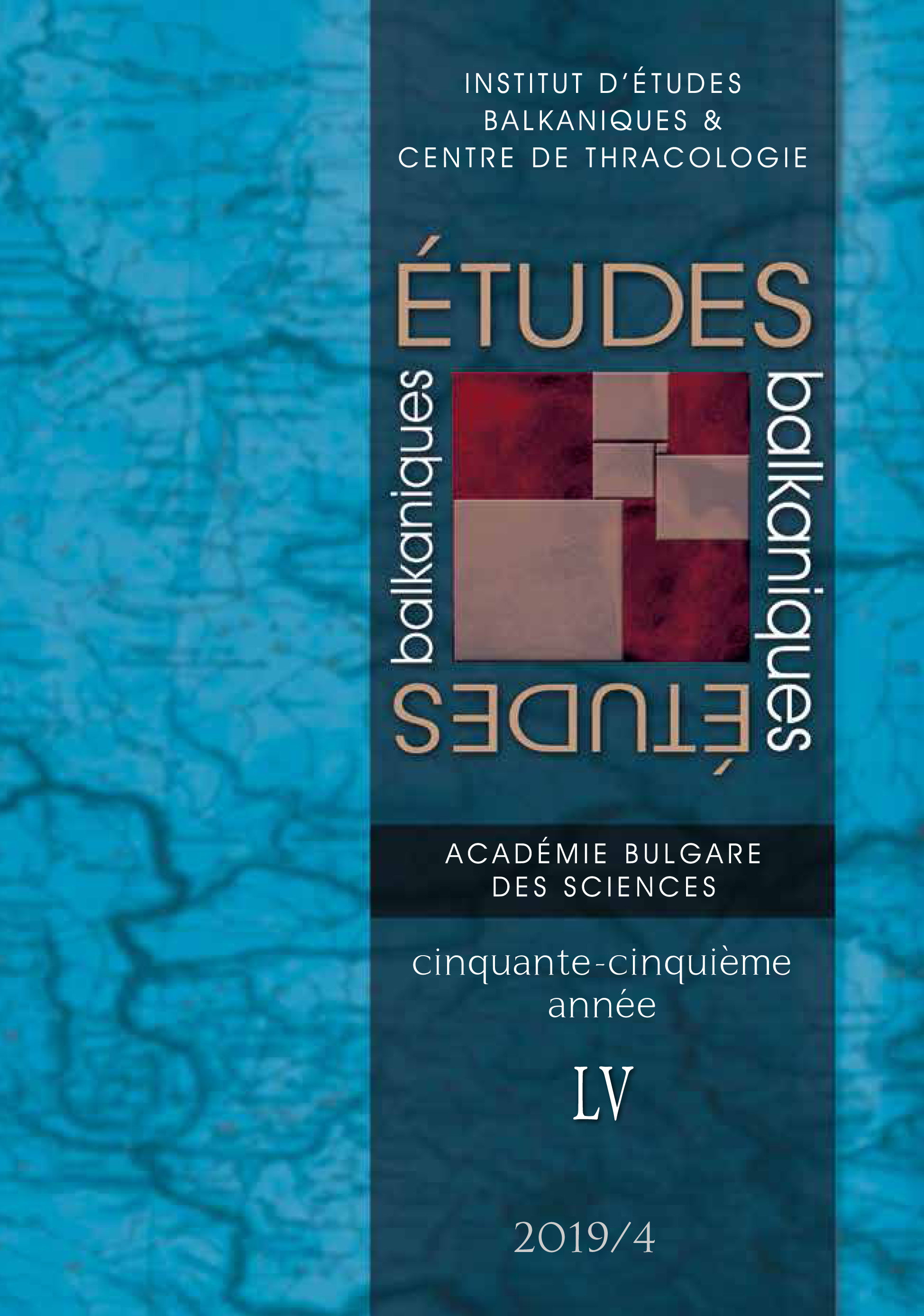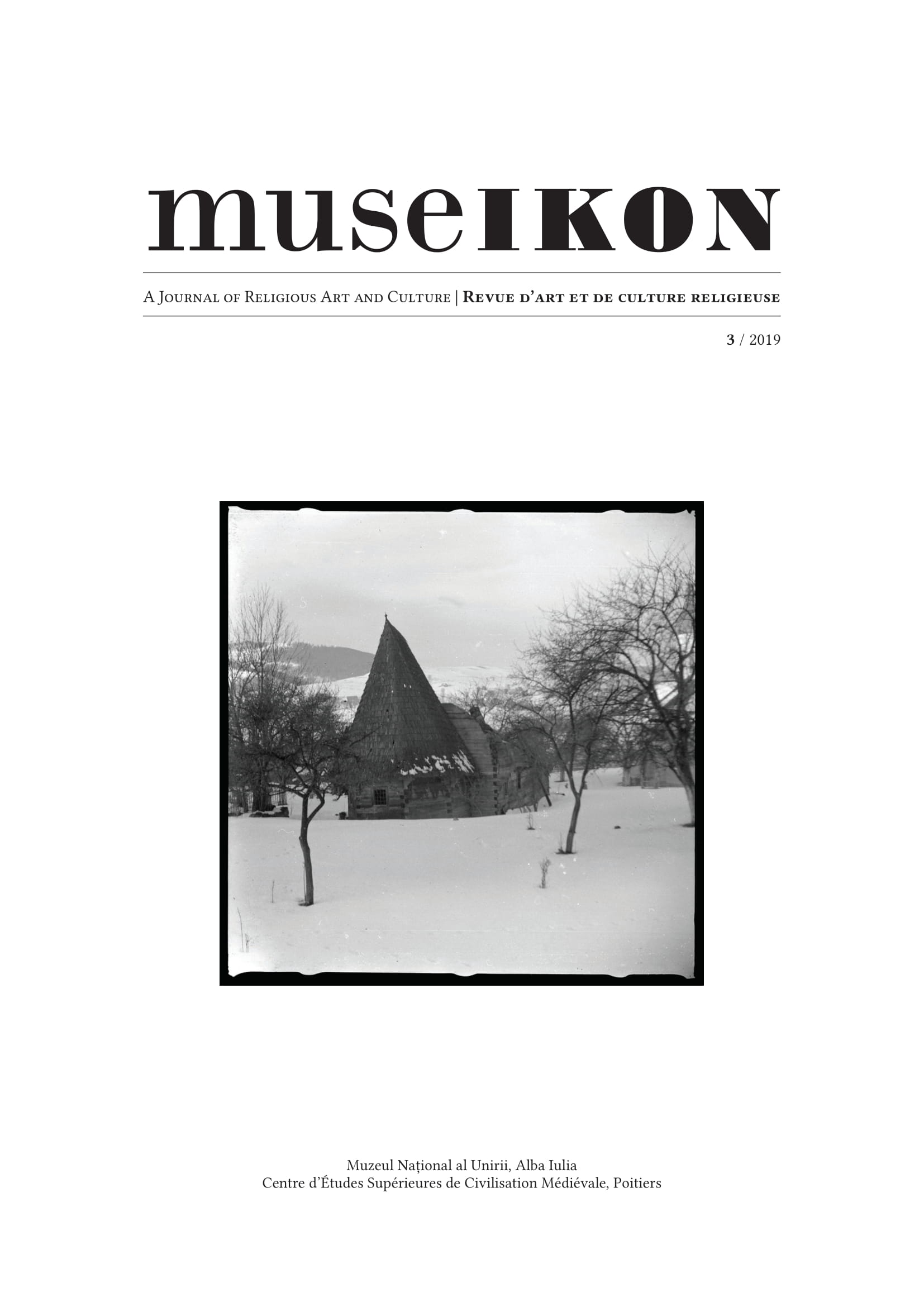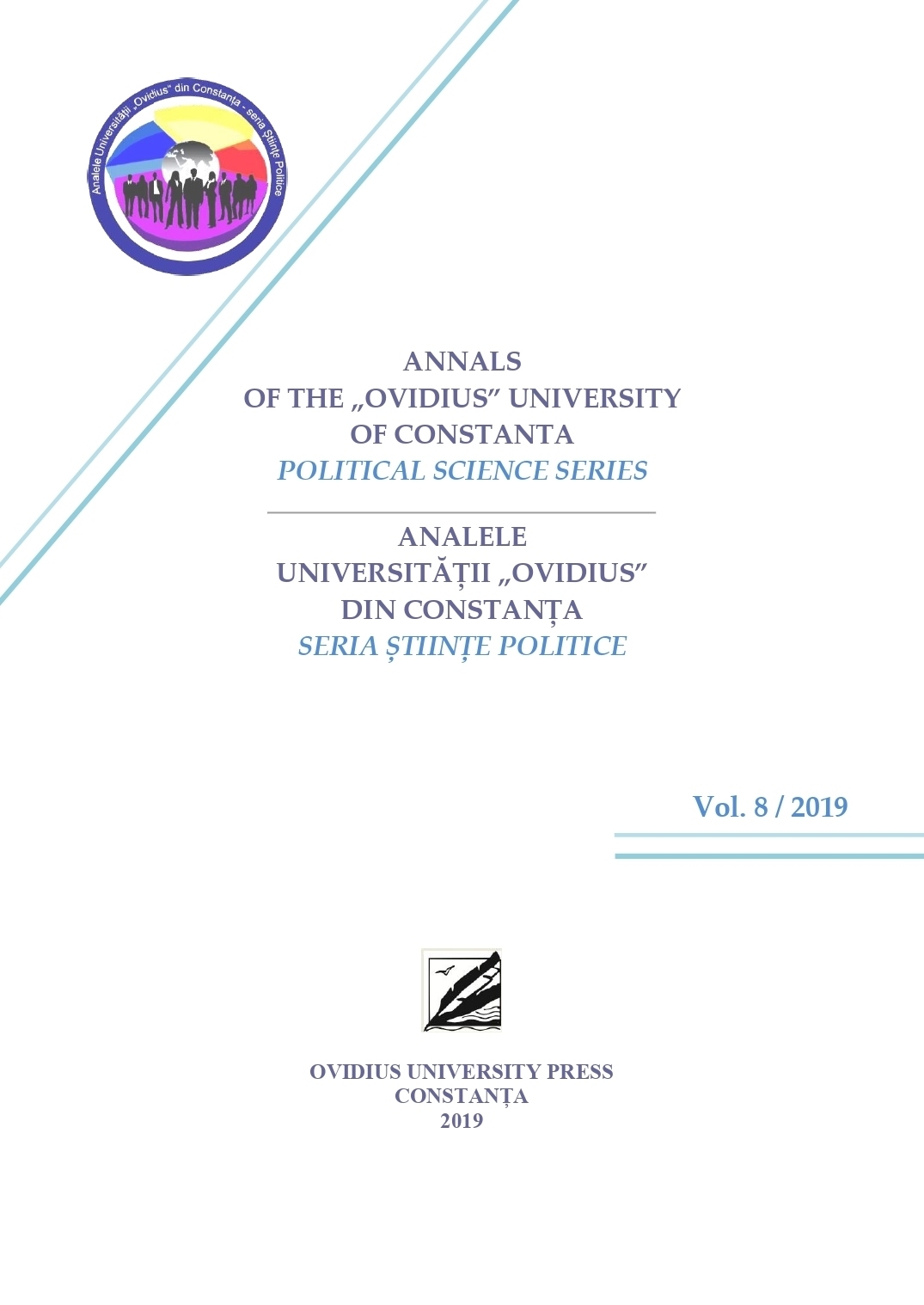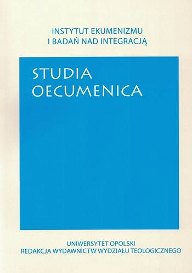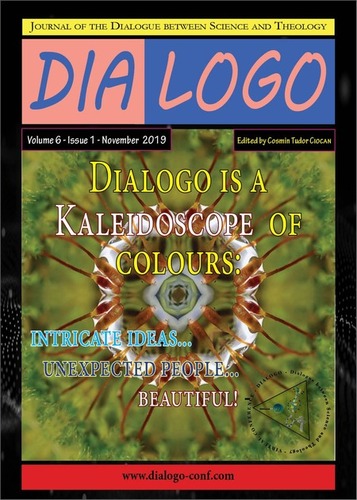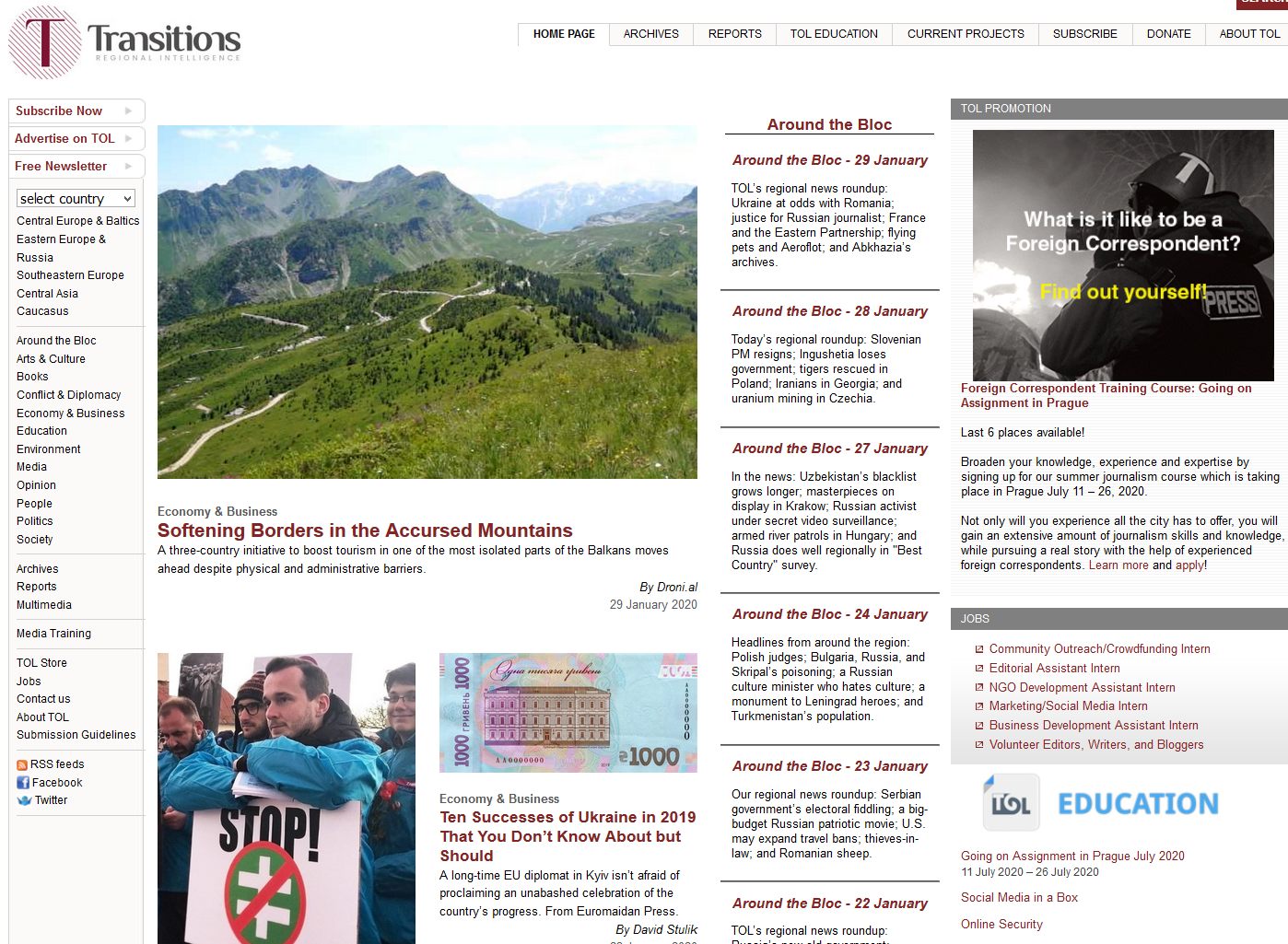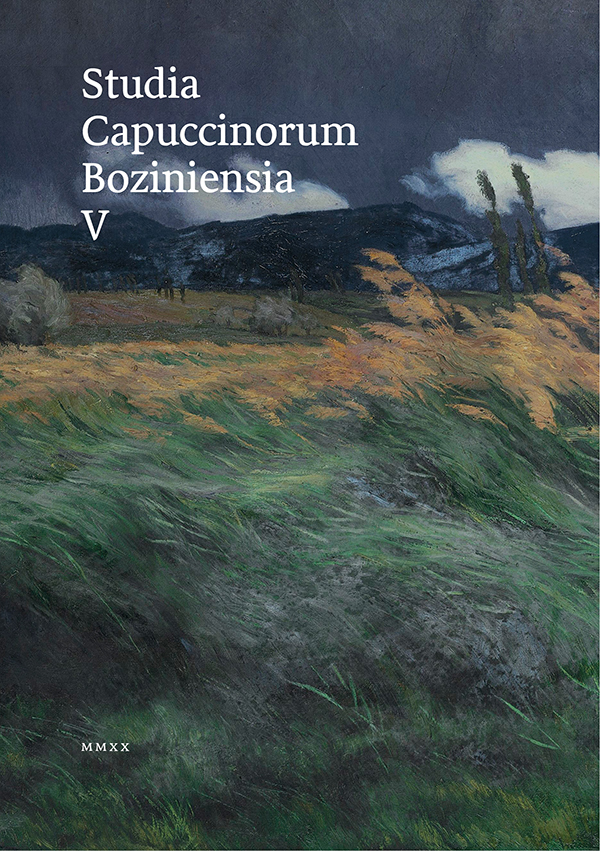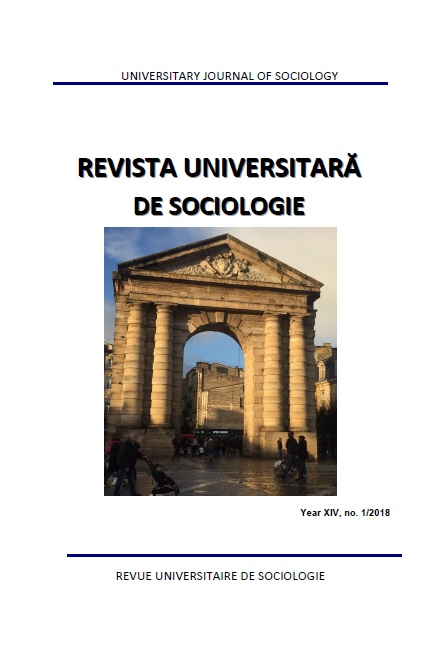
THE CATHARTIC FUNCTION OF COMMUNICATION
Often, communication is defined as a particular form of the exchange relationships between two or more persons, two or more groups. Iassessment or solving of problems, but sharing one's own feelings, the effort to know and understand the other and the cooperation in finding a mutually satisfactory solution. Communication is a dynamic act; it's the gateway between two interior worlds. Effective communication also means the public expression of feelings and emotions. Expressing an emotion allows us to acknowledge it and to recognize ourselves in it. This study proposes to identify the style of communication, to emphasize the intensity of the religious feeling of the participants in the study, as well as their opinion regarding the need to discharge their emotions in the challenging periods of life. This research is, therefore, a necessary step, a good argument in order to raise awareness for the need for communication, and a condition for mobilizing resources in view of this approach. The survey was carried out on a sample of 120 persons, using as instruments the S.C. questionnaire (Analysis of the style of communication), the questionnaire for the assessment of religious feeling (C.E.S.R.), the questionnaire of investigation of the need to discharge one's emotions. The action of listening is an element to which the approaches of the communication phenomenon can no longer only grant a place in the area of interaction, as it can moreover provide perspectives on the size of the relationship and of the interaction itself. One of the limits of this research can be found in the reduced number of participants in the study. Researches to this respect might continue by using a representative sample, by which we could be able to determine to what extent the results show a characteristic of our society by comparison with Western ones and to what extent can we speak about cultural and mentality differences in this respect.Often, communication is defined as a particular form of the exchange relationships between two or more persons, two or more groups. It does not mean assessment or solving of problems, but sharing one's own feelings, the effort to know and understand the other and the cooperation in finding a mutually satisfactory solution. Communication is a dynamic act; it's the gateway between two interior worlds. Effective communication also means the public expression of feelings and emotions. Expressing an emotion allows us to acknowledge it and to recognize ourselves in it. This study proposes to identify the style of communication, to emphasize the intensity of the religious feeling of the participants in the study, as well as their opinion regarding the need to discharge their emotions in the challenging periods of life. This research is, therefore, a necessary step, a good argument in order to raise awareness for the need for communication, and a condition for mobilizing resources in view of this approach. The survey was carried out on a sample of 120 persons, using as instruments the S.C. questionnaire (Analysis of the style of communication), the questionnaire for the assessment of religious feeling (C.E.S.R.), the questionnaire of investigation of the need to discharge one's emotions. The action of listening is an element to which the approaches of the communication phenomenon can no longer only grant a place in the area of interaction, as it can moreover provide perspectives on the size of the relationship and of the interaction itself. One of the limits of this research can be found in the reduced number of participants in the study. Researches to this respect might continue by using a representative sample, by which we could be able to determine to what extent the results show a characteristic of our society by comparison with Western ones and to what extent can we speak about cultural and mentality differences in this respect.
More...
